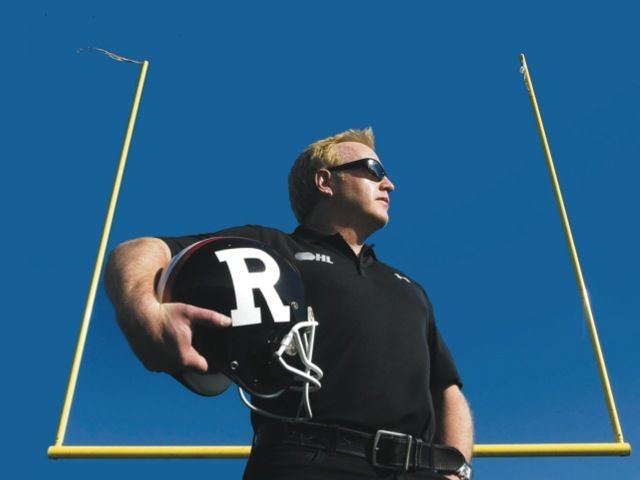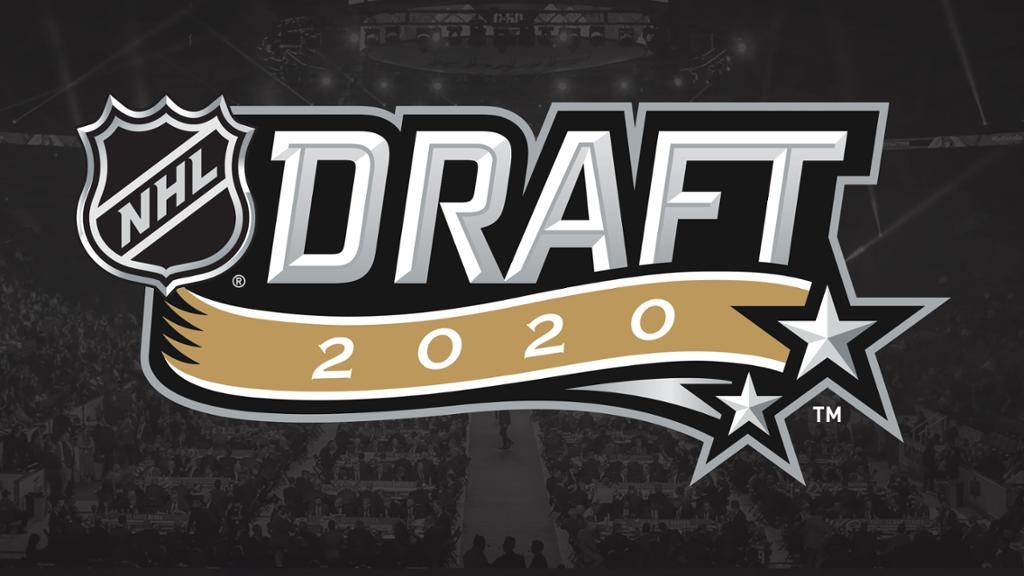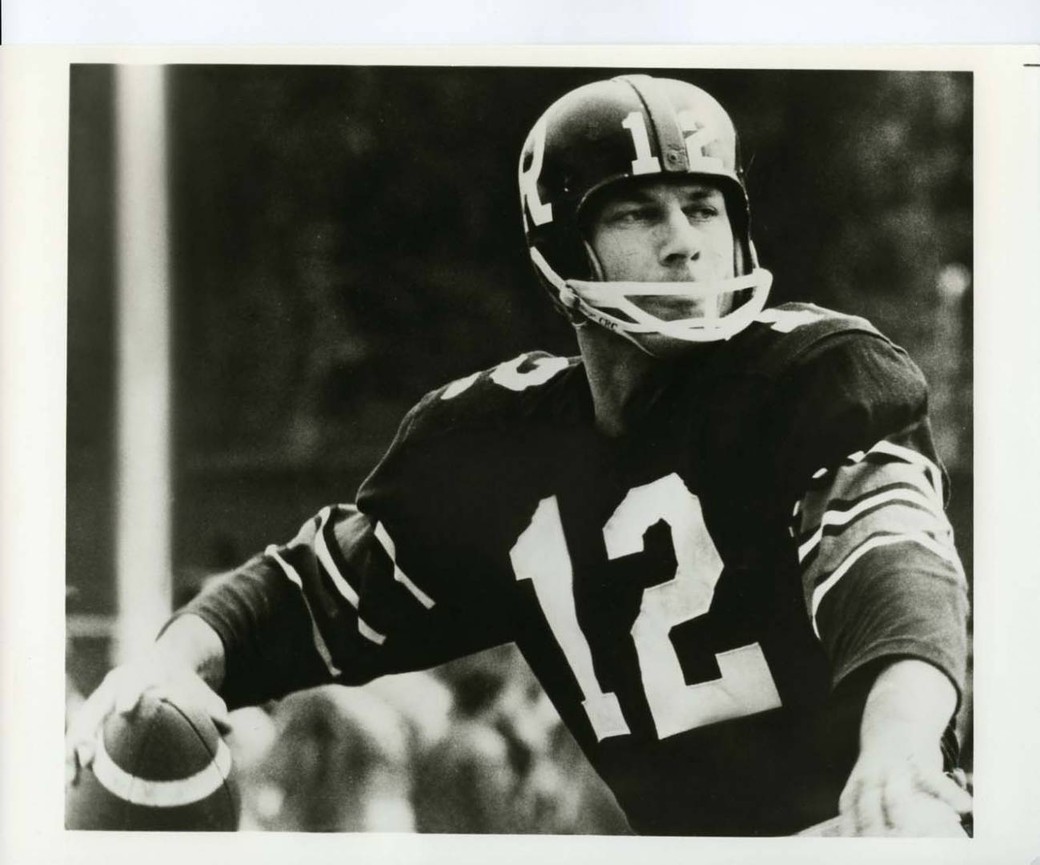
Lansdowne Goes Live
The Ottawa Sports and Entertainment Group has faced numerous road blocks in its attempt to revitalize Lansdowne Park and bring professional football back to Ottawa, including 14 unsuccessful appeals and an onerous legal challenge from the Friends of Lansdowne. Last week, the City passed its final test by defeating the Friends in court, who attempted to stop the re-development by asserting that the City had promised illegal subsidies to OSEG.
Fortunately for all involved, Lansdowne Live is finally set to go live, with construction ideally beginning next spring, to be completed in 2013. Four years after OSEG announced their intentions to seek a Canadian Football League franchise and three years after their proposal to revamp the park was unveiled, the dream has finally become a reality, and the estimated completion date will coincide with the arrival of Ottawa’s new CFL team.
Beyond the profound impact that a revamped Lansdowne Park will have on the city’s economy, it will also give Ottawa instant credibility in terms of major Canadian professional sports. Every other Canadian city with an NHL franchise also boasts a CFL team; three of those cities are also home to a Major League Soccer franchise (Toronto FC and the Vancouver Whitecaps, with the Montreal Impact set to join MLS next season). Without a major pro franchise outside of the Senators, Ottawa would be no more distinguished than Regina, a football town with less than a fifth of Ottawa’s population.

Ever since the original Ottawa Senators hockey club moved to St. Louis in 1934, Ottawa has been a one-horse city. The Ottawa Rough Riders were founded in 1876 and competed in the CFL from 1958 on, winning nine Grey Cups in franchise history. The tide would turn, however, in 1980, when the Rough Riders endured the first of seventeen straight seasons without a winning record, and with owner Bernard Glieberman threatening to move the team to the United States in the face of dwindling fan support, the celebrated franchise would fold in 1996.
Five years later, entrepreneur Brad Watters would bring the CFL back to Ottawa, in the form of the Ottawa Renegades. (In November 2001, the team’s name and logo were unveiled at an Ottawa Rebel lacrosse game, which evidently doomed both franchises for good.) The Renegades would finish 23-49 over their four seasons, never reaching the playoffs. Before the 2005 season, the majority of the club was sold to – you guessed it – Bernard and Lonie Glieberman. Naturally, the Gliebermans couldn’t come to an agreement over how to split financial losses with minority owner Bill Smith, and the club was put up for sale, before being suspended by the CFL in April 2006.
A significant factor in the failures of both the Rough Riders and Renegades was the ineptness of the Glieberman ownership group. That shouldn’t be an issue with Ottawa’s third CFL franchise, which will be headed by the collection of local businessmen associated with OSEG (most notably, Ottawa 67s owner Jeff Hunt and Minto chairman Roger Greenberg), who have proven their financial wherewithal by footing nearly half the bill for the Lansdowne Park redevelopment.

Unstable ownership is often synonymous with lackluster fan support, and while Ottawa is often derided for its supposedly fickle fan base, every indication is that OSEG will concentrate more on fielding a competitive team than simply staying afloat. Senators fans will continue to trek out to Kanata despite the team’s current rebuilding period, and the Ottawa Fat Cats continue to set league attendance records under the management of Duncan MacDonald and the Ottawa Stadium Group. With plenty of football fans left over in Ottawa from the Rough Rider and Renegades days, along with a competent management group and a state-of-the-art playing facility, filling the renovated Frank Clair Stadium should be the least of OSEG’s concerns.
Another key component of the Lansdowne renovation is OSEG’s partnership with the Ottawa Fury soccer club, who will field an expansion franchise in the North American Soccer League (one tier below MLS) beginning in 2013, with their home games taking place at Frank Clair. Back in the summer of 2007, the city embraced the FIFA Under-20 World Cup, playing host to several group stage matches and one quarterfinal. The reception should be no different for the Fury, who will play in the largest stadium in the soon-to-be-10 team NASL and will offer a nice complement to its co-tenants, the CFL franchise and the University of Ottawa Gee-Gees football team.
The Lansdowne renovation has had its fair share of opponents, of course, but the Ontario Municipal Board and the provincial judicial system have remained steadfast in their support of the city’s partnership with OSEG. The OMB cited the aesthetic benefits of revamping Lansdowne in rejecting the final three appeals to the project, stating that it will “rejuvenate a blighted area of the city” and “restore it to its past grandeur.” Just as central Ottawa will be ridded of a burdensome eyesore, the city’s professional sporting scene will also be restored. Two years from now, football and soccer will kick off at Frank Clair Stadium, and OSEG, the true friends of Lansdowne, will finally have their way.













